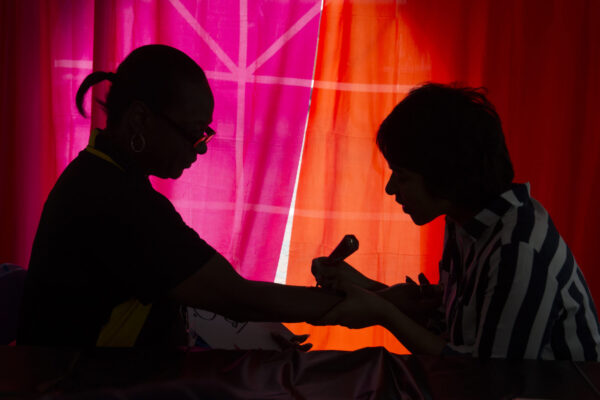Roosevelt Institute Report Examines Effects of Student Debt
Author: Julie Margetta Morgan and Marshall Steinbaum
Source: Roosevelt Institute
The Roosevelt Institute has published a report that looks at the effects of student debt through four main lenses.
First, it suggests that the increase in education attainment in the United States—supported by student debt—has not resulted in earnings improvements for college-educated students. The authors found that while educational attainment increased by 6 percent between 2000 and 2017, median earnings showed no increase during that period.
Second, the report suggests that student debt negatively affects household wealth. Among the findings:
- The median student debt has more than doubled for both white and black students since 1990.
- The proportion of households with student debt has substantially increased over time.
- The proportion of high-balance borrowers has increased over time.
Third, the authors argue that credentialization—or the decrease in value of education credentials—rather than a skills gap explains stagnant wages. They suggest that employers are empowered to ask employees for further qualifications and education partially because it can shift the cost to the individual, through student debt.
Finally, the report emphasizes that student debt particularly disadvantages black and brown Americans. Recent studies show that black borrowers are five times as likely to default on student debt as white borrowers. The increased default rate is caused by a variety of reasons, including a racial wealth gap, credit market discrimination on private loans, labor market discrimination leading to a need to obtain further credentialing, and the increased presence of black and brown students in the for-profit sector and among post-traditional students.
To read the full report, please visit the Roosevelt Institute website.
—Georgiana Mihut
If you have any questions or comments about this blog post, please contact us.


